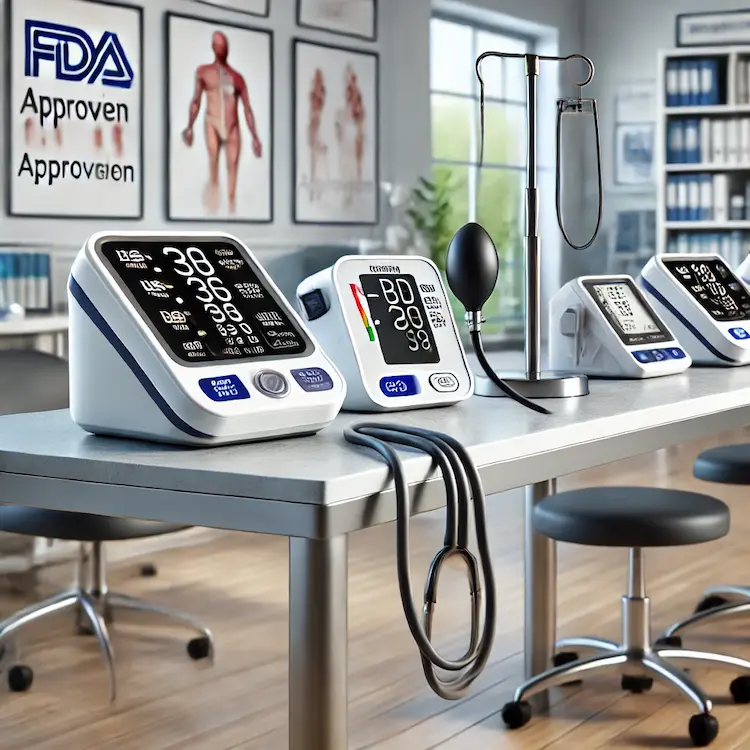Home blood pressure monitors have become indispensable tools for individuals managing hypertension, a condition affecting millions globally. In the Philippines, where cardiovascular diseases are a leading cause of mortality, the accessibility and reliability of these devices are paramount. The Food and Drug Administration (FDA) plays a crucial role in regulating home blood pressure monitors to ensure they meet safety and accuracy standards, safeguarding public health.
The FDA sets stringent guidelines that manufacturers must adhere to before their home blood pressure monitors can be marketed and sold. These regulations encompass device accuracy, labeling, manufacturing practices, and post-market surveillance. The primary goal is to ensure that these monitors provide reliable readings, which are critical for effective hypertension management.
Accurate blood pressure readings are essential for diagnosing and managing hypertension. Inaccurate monitors can lead to misdiagnosis, inappropriate treatment, and increased risk of cardiovascular events such as heart attacks and strokes. FDA regulations help prevent these risks by ensuring that only reliable devices reach consumers.
In the Philippines, where healthcare resources may be limited, home monitoring provides a cost-effective way to manage chronic conditions. Reliable devices reduce the need for frequent hospital visits, easing the burden on the healthcare system and improving patients’ quality of life.
| Method | Accuracy | Cost | Ease of Use | Suitability in Philippines |
|---|---|---|---|---|
| Aneroid Monitors | High | Low | Moderate | Suitable for trained users |
| Digital Monitors | High | Medium | High | Ideal for home use |
| Smartphone-Integrated Monitors | Variable | High | High | Emerging trend, requires tech literacy |
Digital and smartphone-integrated monitors align with the Philippines’ growing digital infrastructure, facilitating data tracking and telemedicine integration. Aneroid monitors, while cost-effective, require proper training, making them less ideal for widespread home use.

| Feature | Aneroid Monitors | Digital Monitors | Smartphone-Integrated |
|---|---|---|---|
| Accuracy | ±3 mmHg | ±2 mmHg | ±2-3 mmHg |
| Price Range | $20 – $50 | $40 – $100 | $60 – $150 |
| User-Friendliness | Requires training | User-friendly with automatic inflation | Highly user-friendly with app integration |
| Maintenance | Manual calibration | Automatic calibration features | Software updates and calibration |
FDA regulations for home blood pressure monitors are essential in ensuring the devices’ accuracy and safety, directly impacting individual health outcomes and the broader healthcare landscape in the Philippines. By adhering to these standards, consumers can trust the reliability of their monitors, leading to better hypertension management and reduced healthcare costs.